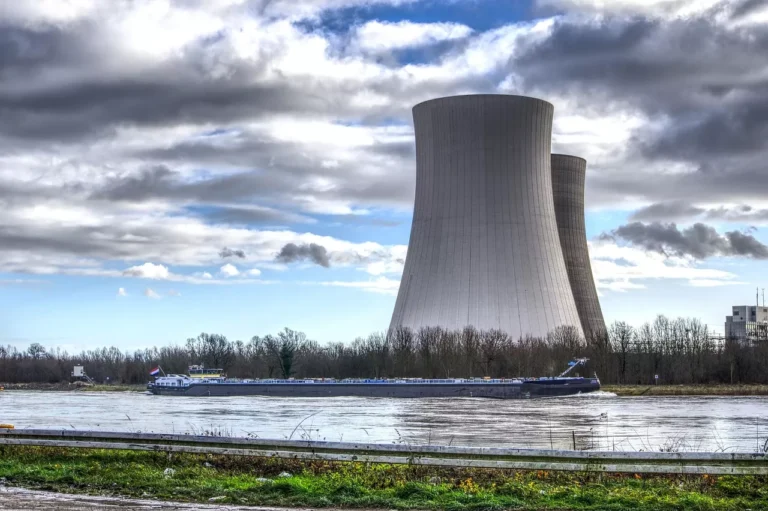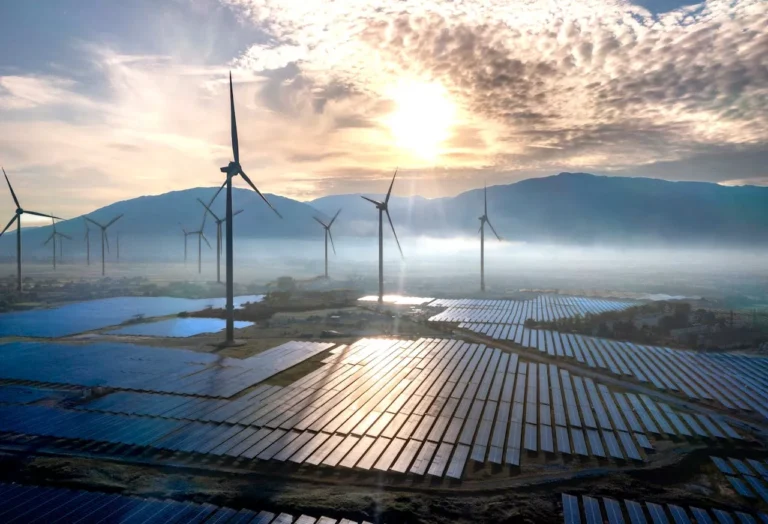
Sandia Labs to Test Aeva’s 4D LiDAR at U.S. Nuclear Site in Security Breakthrough
Aeva® (Nasdaq: AEVA), a leading developer of next-generation sensing and perception systems, announced today that Sandia National Laboratories has completed an in-depth evaluation of Aeva’s 4D LiDAR technology. With the evaluation phase now concluded, Sandia will begin real-world testing of Aeva’s system at a U.S. nuclear reactor site, aiming to enhance critical infrastructure security and improve threat detection capabilities under a wide range of environmental conditions.
This collaboration builds on a previously disclosed agreement between the two entities, positioning Aeva’s cutting-edge LiDAR as a potential game-changer in safeguarding vital reactor assets. The technology is expected to significantly improve detection of security threats, particularly in difficult-to-monitor zones like water intakes, which are essential for safe and continuous reactor operation.
A Critical Mission for National Security
Sandia National Laboratories, a premier U.S. research and development center focused on national security, is increasingly turning to advanced technologies to meet growing challenges in infrastructure protection. The collaboration with Aeva exemplifies Sandia’s mission to explore, validate, and deploy innovative solutions for environments where conventional sensing systems often fail.
“Supporting the security of nuclear reactor infrastructure requires constant innovation,” said JR Russell, Distinguished Member of Technical Staff at Sandia National Laboratories. “Aeva’s 4D LiDAR gives us a new tool to detect potential threats in challenging environments where traditional sensors often fall short. Its ability to operate reliably in darkness, glare, and complex weather conditions makes it well-suited for our mission.”
The stakes are high. Nuclear reactor facilities are complex, high-value targets that demand continuous surveillance and rapid response capabilities. Water intake zones, in particular, present monitoring challenges due to their proximity to open environments and susceptibility to stealthy, low-visibility threats—such as partially submerged objects or intruders exploiting weather conditions to bypass detection.
The 4D Advantage: Speed, Precision, and Resilience
Aeva’s 4D LiDAR technology is engineered to overcome these very limitations. Leveraging its proprietary Frequency Modulated Continuous Wave (FMCW) architecture, Aeva’s sensors deliver more than just high-resolution three-dimensional imaging—they also measure the velocity of objects instantaneously. This enables faster, more accurate detection and classification of moving targets, even in adverse conditions.
One of the defining advantages of Aeva’s technology is its ability to identify low-reflectivity and hard-to-detect waterborne objects at distances of up to 35 meters. These may include partially submerged boats, swimmers, or low-profile devices that conventional sensors can miss, especially in low-light or turbulent environments.
Whereas traditional time-of-flight LiDAR systems struggle with environmental interference, Aeva’s FMCW-based system performs reliably in complete darkness, heavy glare, dense fog, rain, and even airborne particulates such as dust or ash. This level of robustness is critical in nuclear facility settings, where uninterrupted monitoring is essential and environmental variability is constant.
Aeva’s LiDAR-on-chip platform also boasts ultra-low power consumption, compact form factors, and solid-state durability—making it easier to integrate across a range of stationary and mobile security platforms, including unmanned surveillance systems, perimeter towers, and underwater monitoring buoys.
From R&D to Deployment: A New Phase Begins
Sandia’s decision to proceed to real-world field testing marks a pivotal step in the advancement of Aeva’s technology from laboratory validation to active deployment. The tests, to be conducted at a currently undisclosed U.S. nuclear reactor site, will evaluate the performance of the sensors in live operational conditions.
“We’re pleased to be selected by Sandia following extensive evaluations. We’re entering the next phase with the testing of our industry-leading LiDAR to help secure nuclear sites,” said James Reuther, Chief Engineer at Aeva. “This marks a key milestone, not only for this program, but for the broader adoption of Aeva’s 4D LiDAR for use across infrastructure security including nuclear facilities, airports, and power plants nationwide.”
The success of this program could open doors for broader deployment of Aeva’s technology across a range of high-security environments. From border control and port facilities to airports and military installations, the need for real-time, intelligent perception systems has never been greater.
Physical AI: Paving the Way for Smart Infrastructure Protection
Aeva’s collaboration with Sandia represents more than just a product trial—it signals a shift in how security infrastructure is being designed and equipped for the future. Aeva’s 4D LiDAR is part of a larger technological trend often referred to as “Physical AI”—the fusion of advanced sensors and machine intelligence for interpreting and reacting to real-world environments autonomously.
By delivering precise spatial and motion data in real time, Aeva’s platform serves as a foundational input for AI-powered analytics, enabling automated threat assessment, object classification, and proactive security responses without human intervention. This is particularly vital in high-risk facilities like nuclear reactors, where seconds matter and false alarms can have serious consequences.
The platform’s potential extends well beyond static detection. Its applications could include integration with autonomous patrol vehicles, robotic inspection systems, drone surveillance fleets, and even underwater robotic sensors tasked with defending submerged infrastructure.
Strategic Implications: Reinforcing Critical Infrastructure Nationwide
This latest development comes amid growing awareness of the need to modernize the nation’s critical infrastructure defenses. With threats ranging from terrorism and cyber sabotage to climate-driven disasters and geopolitical tensions, facilities like nuclear power plants are increasingly seen as strategic assets requiring next-generation protection.
Aeva’s success with Sandia could catalyze a new wave of investments in AI-driven sensing technologies tailored for national security applications. Whether it’s the Department of Energy, Department of Homeland Security, or other federal agencies, the demand for smart, resilient, and scalable solutions continues to grow.
The U.S. nuclear sector, with over 90 commercial reactors in operation and dozens of research and defense facilities nationwide, represents a significant market for Aeva’s advanced perception systems. As regulatory bodies and utilities seek to enhance resilience and regulatory compliance, technology partners like Aeva could play a central role.










